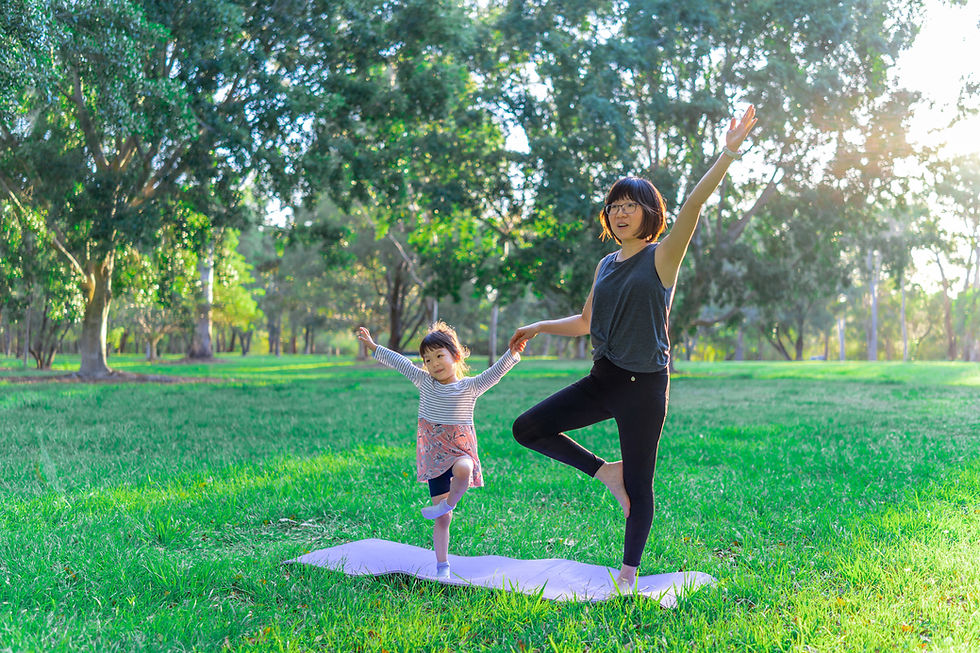The Core and Balance
- Kris
- Jun 3, 2022
- 2 min read
Updated: Jun 3, 2022
Balance is an important part of our everyday lives - from climbing stairs, lifting groceries out of your car, to picking up your child or grandchild among other things depend on being able to balance. The core muscles play a vital role in balance. These are the muscles in the hips, back, and abdomen that help connect the upper and lower body and helps stabilize the spine. We tend to lose balance more easily as we age, so developing and maintaining core strength will provide many benefits for overall health.
The vestibular system; the liquid in the inner ear that helps to keep your equilibrium also plays a role in balance as well as the visual system that gives your brain the signal about where the body is positioned. The proprioceptive system is the last system involved in balance and consists of sensory nerves that alert the body about where it is in space and posture. This is where the core muscles come into play. The muscles of the core consist of inner and outer core muscles. The inner core muscles are deep and attach to the spine and they play a major role in stability while the outer core muscles work with the inner core muscles to help to do physical activities. Balance also depends on having effective movement at the ankle, knee, and hip.
How can you improve your balance? Practice exercises like single leg lifts, balancing on one foot, single leg side lifts, in-line balance, and balance walking on a daily basis to help strengthen stabilizer muscles in the foot, knee, ankle, and knee. Pilates is also a great way to improve balance due to the focus on core strength and stability. You will be able to maintain and improve your balance as you age and help to prevent falls. Some exercise examples are illustrated in this article by WebMD:





Comments